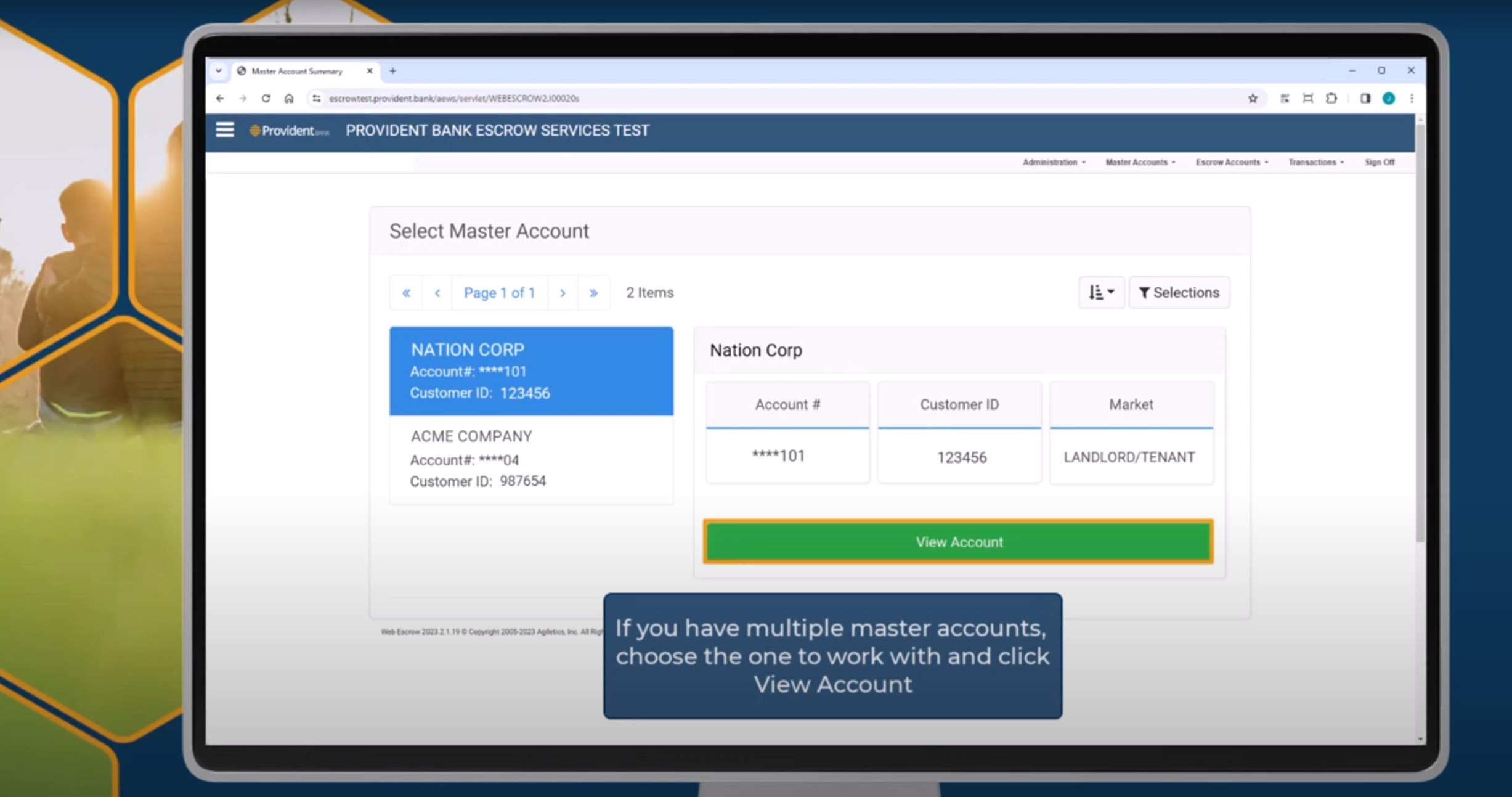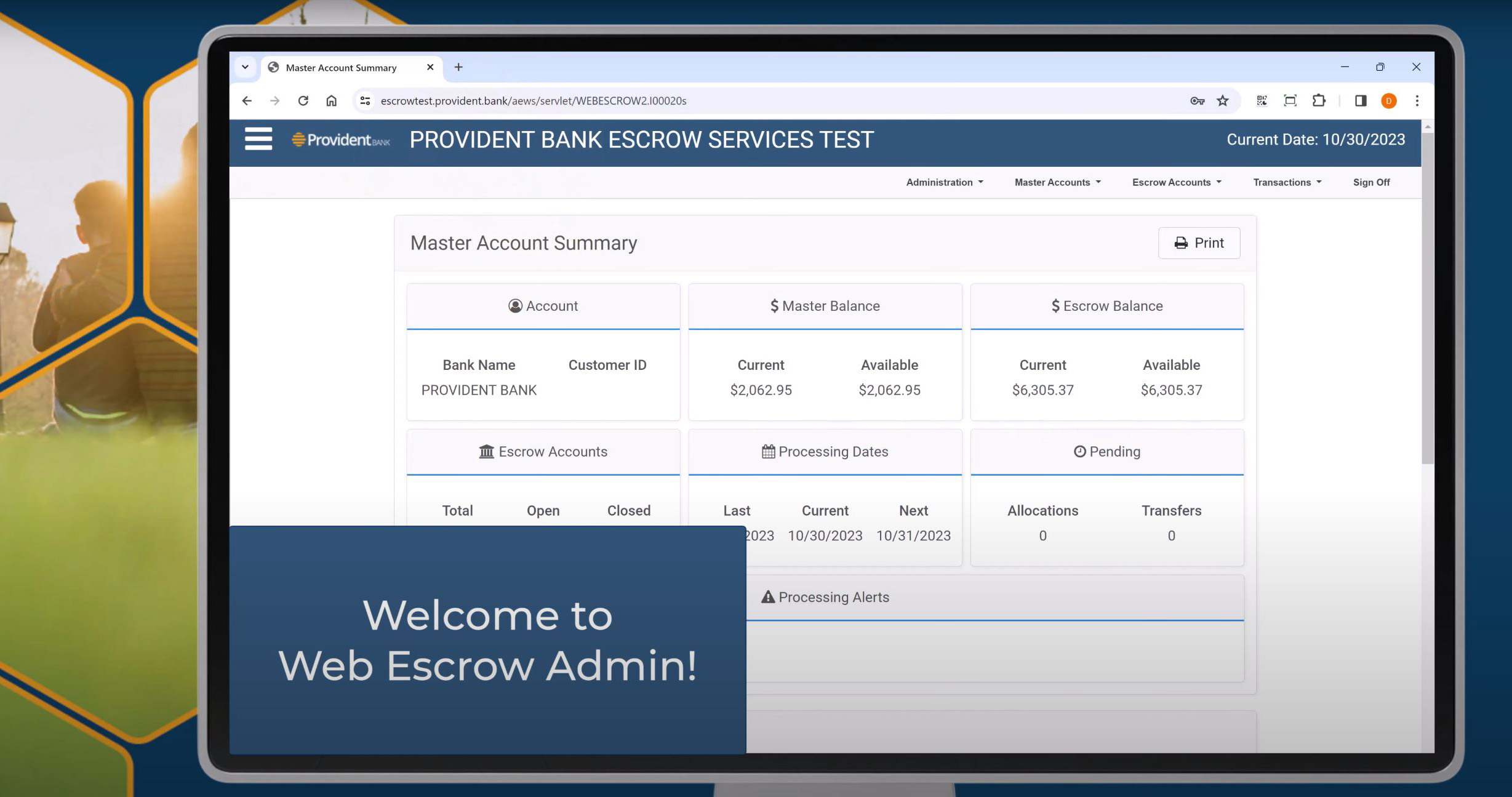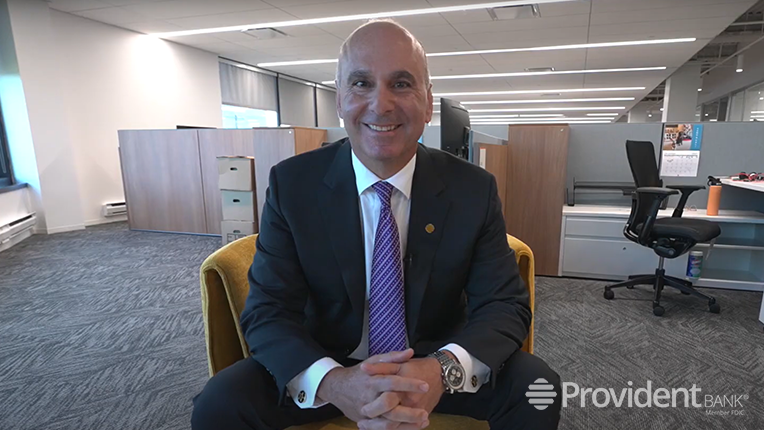
FDIC-Insured - Backed by the full faith and credit of the U.S. Government

FDIC-Insured - Backed by the full faith and credit of the U.S. Government
 VIEW ALL EDUCATION & INSIGHTS
VIEW ALL EDUCATION & INSIGHTS
July 02, 2014
Check Fraud Chicanery: Cash Management’s Lineup of Thieves

As a small business owner, the threat of thieves may be one of those things that keep you up at night: sneaking black-masked intruders, who break your windows, steal your identity, hack into your online accounts, and … forge your checks?
We hate to add to your list of worries, but check fraud, one of the oldest forms of payment fraud, is still alive and kicking. In fact, according to the American Bankers Association, 1.2 million fraudulent checks are written every day, and 87% of financial professionals say their companies have been affected.
Check fraud is rampant, so how do you protect yourself? You’re in luck. Our cash management experts have profiled the crookedest-crooks, those underhanded scallywags with the cleverest tricks up their sleeves. They’ve got stripes around their shoulders and chains around their feet. Here is our very own lineup of unsavory thieves.
The Lineup
1. The Forger: This pen-wielding thief is adept at snatching checks, forging the signature, and cashing them. Beware: not all forgers are strangers. Devious employees may get artsy with the signature line on phony payroll checks or other company accounts. Recipients of a legitimate check, like vendors and other business associates, may add zeroes or rewrite the amount entirely. Lessons to be learned: make sure your company isn’t a churning employment mill and know well the people you do business with.
2. The Counterfeiter: In the “good old days,” the counterfeiter labored at a behemoth press, sweating profusely, printing his own checks. But now, thanks to the advent of advanced technology, the counterfeiter can do his dirty work from the comforts of his own home. Commonplace desktop publishing equipment allows the counterfeiter to copy stolen payroll checks or even craft a fake check from scratch. No sweat.
3. The Chemist: Pens or technology aren’t this thief’s tools. He works with chemicals—brake fluid, acetone, bleach—to remove ink on a check. If only specific areas are erased, such as the payee name or amount, it’s called spot-alteration. If the entire check is erased, it’s called check washing.
4. The Insufficient Funds Fraudster: In this case, ignorance is not bliss. This fraudster knowingly writes bad checks on accounts with insufficient funds. If you accept one of these, your business may lose the cost of the merchandise, plus any additional bank charges you may incur.
5. The Paperhanger: Similar to an Insufficient Funds Fraudster, a Paperhanger deliberately writes bad checks—on closed accounts. Because he only has a finite number of checks to work with, he uses them in quick succession on big-ticket items and then quickly gets out of Dodge. The Paperhanger is almost always the maker of his own undoing. He can’t help but reorder checks on the closed account—his own or others’—and that’s when he’s usually caught.
6. The Two-Timer: The Two-Timer is cheating…on your business. And most likely he’s someone you know. Employees or other businesses may be depositing your legitimate checks, payroll and otherwise, twice—once digitally (via mobile banking or Remote Deposit Capture) and once in the branch. Don’t let your business be cuckolded. Install a burglar alarm.
Installing a Burglar Alarm
What’s the best way to stop these burglars in their tracks? A burglar alarm of course! But yours won’t consist of codes and sirens and an automated call to the police department. Instead, it will require knowledge and constant vigilance. Ensure that you:
- Keep your checks secure: Always lock your blank checks, deposit slips, and bank records in a safe, secure place inaccessible to unauthorized persons. Never leave your sensitive documents unattended.
- Limit authorization: Limit the number of employees authorized to sign checks; require more than one signature on large dollar check amounts.
- Separate responsibilities: Assign check writing and account reconcilement tasks to different positions so an employee won’t be able to write fraudulent checks and cover them up.
- Reconcile your accounts frequently: If you reconcile your accounts on a monthly basis, you’ll be much more likely to spot discrepancies and prevent significant fraud loss.
- Implement fraud prevention services: Online banking and Positive Pay, a check monitoring service, can help detect and prevent fraud. For more information about these and other services, contact your financial institution.
It’s time to take back your nights and catch check fraudsters in the act. Pretty soon, they’ll be saying, “Cheese” for their mug shot.
*This is the fourth installment of “Safeguarding Your Business,” a series that educates you on how to stop defending yourself against external business threats. It will help put you in a position of offense, where you can start thinking strategically about your business. If you missed the previous article, you can find it here.








 Views
Views



 Go Back
Go Back











